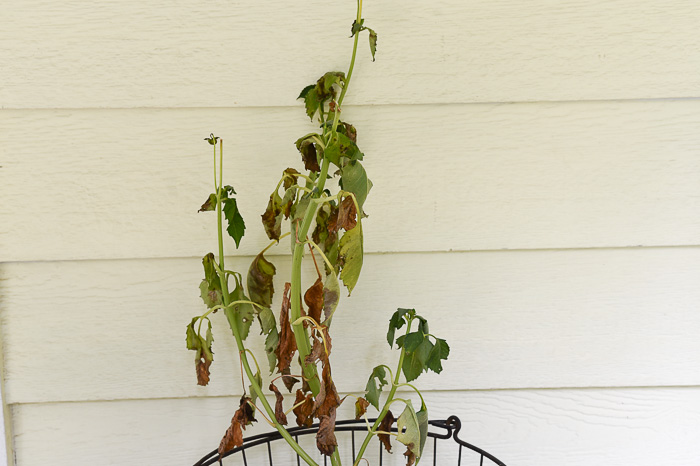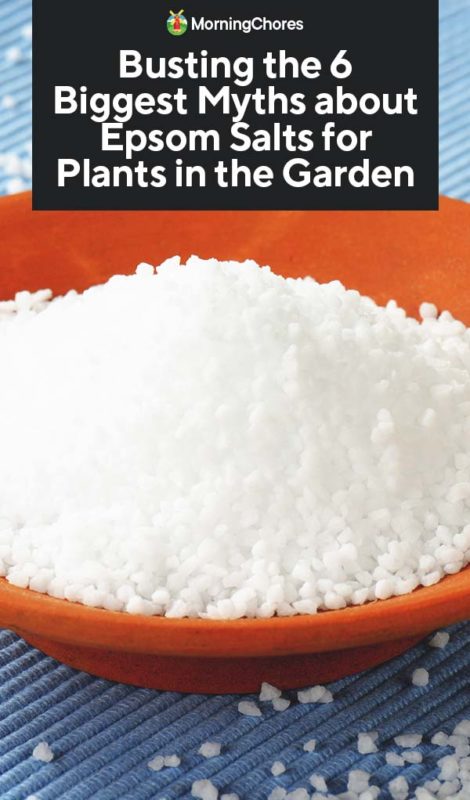Avoid These Plants: What Plants Don't Like Epsom Salt
Avoid These Plants: What Plants Don't Like Epsom Salt
Blog Article
Learn Regarding the Details Plants That Are Negatively Influenced by Epsom Salt Application
Epsom salt, a popular family solution for numerous gardening issues, is frequently applauded for its beneficial results on plant growth. Nevertheless, not all plants respond favorably to its application. Understanding the certain plants that can be detrimentally affected by Epsom salt is essential for any kind of gardener wanting to enhance their plant treatment regimen. Roses, tomatoes, peppers, azaleas, and rhododendrons are simply a couple of instances of plants that might not respond well to Epsom salt. The factors behind these damaging effects and how to reduce them are vital understanding for preserving a growing yard.
Roses

Roses, particularly conscious changes in their setting, can be negatively impacted by the application of Epsom salt. While Epsom salt is commonly used as a plant food to advertise plant growth and boost flowering, roses are just one of the plants that do not respond well to its application. The high magnesium content in Epsom salt can hinder the uptake of other necessary nutrients by the rose plants, bring about shortages that manifest as yellowing fallen leaves or stunted growth.

Tomatoes
While Epsom salt is often proclaimed as a solution for numerous plant problems, consisting of bloom end rot in tomatoes, its application can lead to damaging results if not utilized sensibly. Excessive Epsom salt, which is magnesium sulfate, can interrupt the fragile nutrient balance needed by tomatoes, possibly leading to shortages in other vital nutrients like calcium. When thinking about the use of Epsom salt on tomatoes, it is essential to adhere to advised application prices and dirt screening to avoid unintended effects on the general health and wellness and performance of these precious garden plants.
Peppers
Peppers, admired for their numerous colors and degrees of spiciness, can demonstrate sensitivity to unfavorable impacts from Epsom salt when not used with care and factor to consider for their details nutritional needs. what plants don't like epsom salt. Peppers, coming from the Solanaceae family, require a delicate equilibrium of nutrients to flourish. While Epsom salt is recognized to increase magnesium degrees in plants, too much application can disrupt this stability, causing unfavorable results on pepper plants
When peppers are exposed to high levels of magnesium from Epsom salt, it can disrupt the plant's ability to take in various other vital nutrients like calcium and potassium. This imbalance may manifest in symptoms such as fallen leave staining, stunted growth, and minimized fruit production. In addition, the extreme magnesium can modify the soil pH, additional exacerbating nutrient uptake concerns for peppers.

Rhododendrons
Provided the level of sensitivity of particular plant species to discrepancies triggered by Epsom salt, it is necessary to consider the influence on Rhododendrons, which likewise need details nutrient degrees to grow. Rhododendrons are acid-loving plants that like acidic dirt problems with a pH array in between 4.5 and 6.0. Epsom salt, chemically called magnesium sulfate, can alter the dirt pH and interfere with the fragile equilibrium of nutrients essential for Rhododendron health.

To maintain the optimum development and health of Rhododendrons, it is essential to stay clear of the unplanned use of Epsom salt and instead concentrate on supplying the particular acidic soil problems and nutrients that these plants require for thriving.
Azaleas
Azaleas, understood for their dynamic blossoms and wide series of shades, are ornamental hedges that belong to the Rhododendron category. These prominent flowering plants are often discovered in landscapes, parks, and yards due to their elegance and adaptability. Azaleas are sensitive to adjustments in soil pH degrees, which can substantially impact their development and overall wellness. While Epsom salt is typically utilized as a solution for magnesium deficiency in plants, its application to azaleas can have damaging impacts.
Azaleas favor a little acidic dirt problems, and an excess of magnesium from Epsom salt can disrupt this balance, leading to nutrient discrepancies and prospective poisoning weblink problems. The inaccurate click to read application of Epsom salt can result in stunted development, yellowing of leaves, and general decline in the wellness of azaleas.
Conclusion
Finally, it is essential to be familiar with the details plants that can be detrimentally affected by the application of Epsom salt. Roses, tomatoes, peppers, azaleas, and rhododendrons are some instances of plants that may not benefit from Epsom salt and can even endure harm. It is vital to research and comprehend the demands of each plant species before making use of Epsom salt as a fertilizer to guarantee their health and wellness.
Recognizing the specific plants that can be negatively influenced by Epsom salt is critical for any kind of gardener looking to optimize their plant care routine. While Epsom salt is frequently made use of as a plant food to advertise plant growth and boost flowering, roses are one of the plants that do not react well to its application.Too much use of Epsom salt can additionally result in an accumulation of salts in the soil, leading to root damages and dehydration of the rose plants. While Epsom salt is understood to increase magnesium levels in plants, excessive application can interrupt this stability, leading to unfavorable impacts on pepper plants.
The high salt web content in Epsom salt can additionally dry out Rhododendron origins, causing more anxiety and damages to the plant. (what plants don't like epsom salt)
Report this page